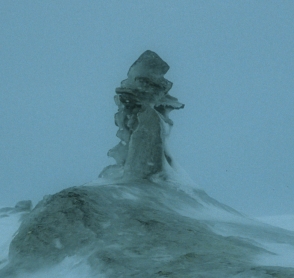 Let’s get a little corny and a little wild, the operative word being wild.
Let’s get a little corny and a little wild, the operative word being wild.
In your lifetime, you may have enjoyed a serving of wild rice with your dinner, but have you ever eaten wild corn? Imagine sitting down at a family barbeque because you’ve been told there will be grilled wild corn on the cob. Your mouth waters, but when the food arrives, your cob has only ten kernels. You look around and that’s all any of the mature ears have. Let me explain.
Undomesticated (without human intervention), the ancestor of corn is actually a wild grass. This grass is called teosinte. Farmers consider it a weed because in its emergent state it looks like the corn plant, but it does not produce the same abundance of kernels per ear. (Remember the barbeque disappointment? Compare that with getting a cob covered with over 500 plump kernels of domesticated corn.)
If you’re interested in how maize (corn) and teosinte morph, it is best to ask a geneticist. You can also find good information about Native American Corn from an anthropologist. Recently I learned from archeologists about the discovery of a corn cache in Mexico that dates back to over 3,000 years BC!
A Harvest of Gold
As for more recent history, here’s something interesting: Prior to Christopher Columbus and his exploration of the Americas (in 1492, Columbus sailed the ocean blue…), Europeans did not know about corn, but they enjoyed native wheat, oat, rye, and barley. By the time Francisco Vasquez de Coronado began the infamous expedition to find gold, corn was a known crop. Although the conquistadors did not discover the precious metal, they did consume copious quantities of golden corn taken from the store houses of Pueblo Indians.
While researching corn for my newest book, I learned that many American Indian tribes have what they call a Green Corn Ceremony. Activities include among other things, games and dancing, but it is the good medicine of forgiveness that captures my attention. After forgiveness comes renewal. In other words, unforgiveness ushers in a kind of death. While I cannot attempt to explain the nuances of this ancient tradition, I know the power of a forgiving heart.
And this, I learned from wild Indians and corn.
Forgiveness is the central message of a certain book one of my main characters must regularly reference. See if you can guess which book by going to my Books page. Until then, enjoy the many delicious and valuable uses of a crop that has evolved from the diligence and ingenuity of an intelligent and sophisticated culture.




Recent Comments